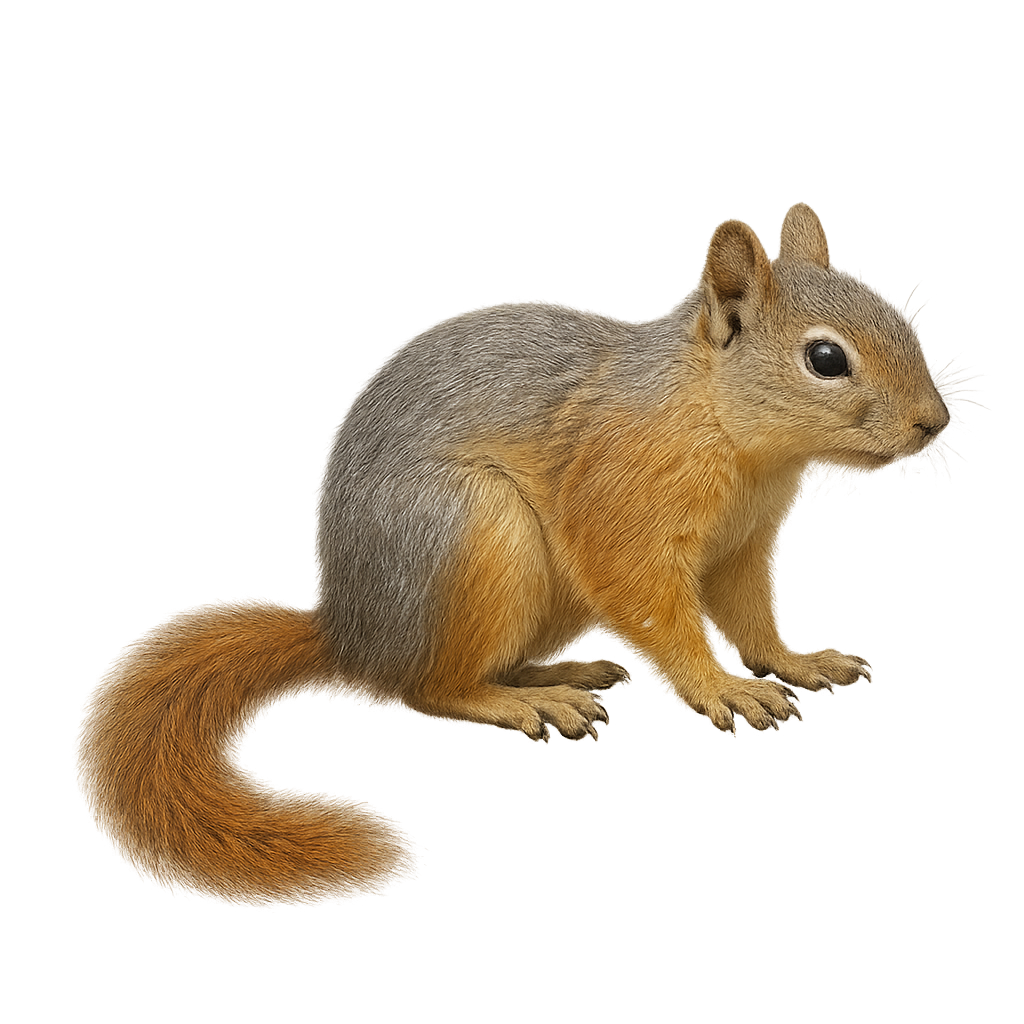Your wildlife photography guide.
Explore the caucasian squirrel in detail, study its behavior, prepare your shots.
Where to observe and photograph the caucasian squirrel in the wild
Learn where and when to spot the caucasian squirrel in the wild, how to identify the species based on distinctive features, and what natural environments it inhabits. The WildlifePhotographer app offers tailored photography tips that reflect the caucasian squirrel’s behavior, helping you capture better wildlife images. Explore the full species profile for key information including description, habitat, active periods, and approach techniques.
Caucasian Squirrel
Scientific name: Sciurus anomalus

IUCN Status: Least Concern
Family: SCIURIDAE
Group: Mammals
Sensitivity to human approach: Suspicious
Minimum approach distance: 10 m
Rut period: February to April
Gestation: 38-42 jours
Births: March to June
Habitat:
deciduous forests, mixed forests, wooded areas
Activity period :
Primarily active during the day, with peak activity in the morning and late afternoon.
Identification and description:
The Caucasian squirrel, or Sciurus anomalus, is a small tree-dwelling rodent found mainly in the deciduous and mixed forests of the Middle East, particularly in Turkey, Iran, and parts of the Caucasus. It is characterized by its reddish-brown fur, bushy tail, and ears adorned with small tufts of hair. Primarily active during the day, it spends much of its time climbing trees in search of food, mainly seeds, nuts, and fruits. Although generally solitary, it can sometimes be seen in small groups, especially during the breeding season. Its ability to adapt to different habitats allows it to survive in various environments, although deforestation poses a threat to its populations.
Recommended lens:
400 mm – adjust based on distance, desired framing (portrait or habitat), and approach conditions.
Photography tips:
To photograph the Caucasian squirrel, choose sunny mornings when natural light highlights the details of its fur. Use a 400mm or longer telephoto lens to capture sharp images from a distance without disturbing the animal. Be patient and discreet, as this squirrel is suspicious and can be difficult to approach. Look for it in deciduous and mixed forests, where it is often active searching for food. A tripod can be helpful to stabilize your camera and achieve precise shots.
The WildlifePhotographer App is coming soon!
Be the first to explore the best nature spots, track rutting seasons, log your observations, and observe more wildlife.
Already 1 430 wildlife lovers subscribed worldwide

